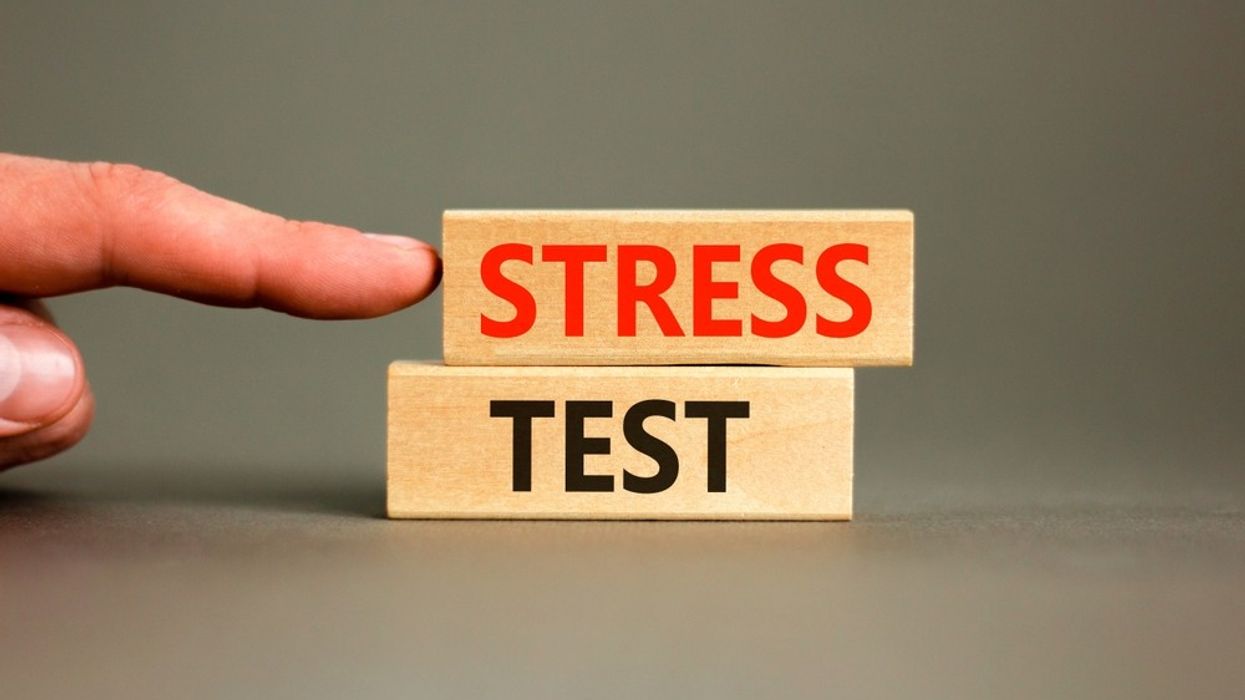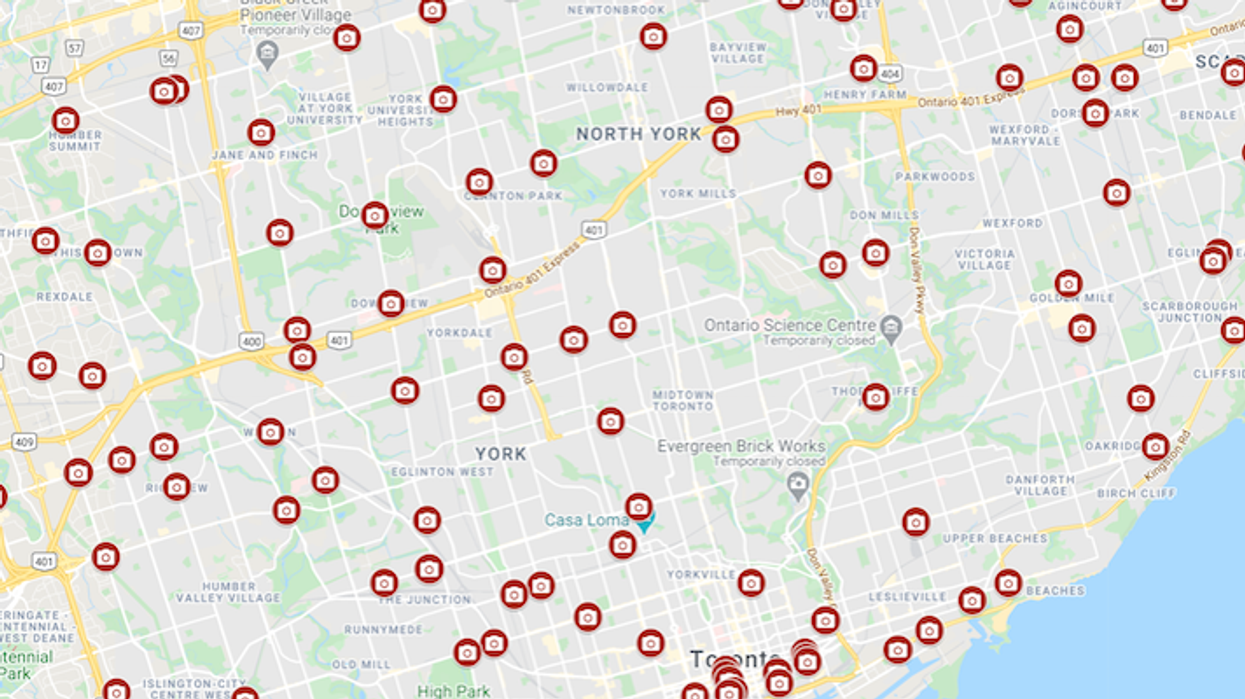Stress Test
Explore Canada’s mortgage stress test — how it works, what it means for your approval, and how it helps ensure sustainable homeownership.

May 22, 2025
What is the Stress Test?
A mortgage stress test is a regulatory requirement that ensures borrowers can afford mortgage payments even if interest rates rise in the future.
Why the Stress Test Matters in Real Estate
In Canada, all federally regulated lenders must apply a stress test to mortgage applicants, whether they are buying, refinancing, or switching lenders.
Borrowers must qualify at the greater of:
- The contracted mortgage rate + 2%
- The Bank of Canada’s benchmark qualifying rate
The stress test reduces the maximum loan amount a borrower can qualify for. It’s designed to protect both borrowers and the financial system from overleveraging during rate increases.
Understanding the stress test helps buyers calculate realistic budgets and avoid surprises during mortgage approval.
Example of the Stress Test in Action
A borrower applies for a 4.6% mortgage but must qualify at 6.6% under the stress test, reducing their purchasing power by $50,000.
Key Takeaways
- Required for all mortgage applications.
- Tests ability to handle higher rates.
- Lowers maximum approved mortgage.
- Protects borrowers from financial strain.
- Set by federal regulators and lenders.
Related Terms
- Mortgage Qualification
- Debt Service Ratios
- Interest Rate
- Mortgage Pre-Approval
- Lender Guidelines















 Camcos Living
Camcos Living Shutterstock
Shutterstock Little Rouge Block G/Camcos
Little Rouge Block G/Camcos Camcos Living
Camcos Living Camcos Living
Camcos Living Camcos
Camcos








